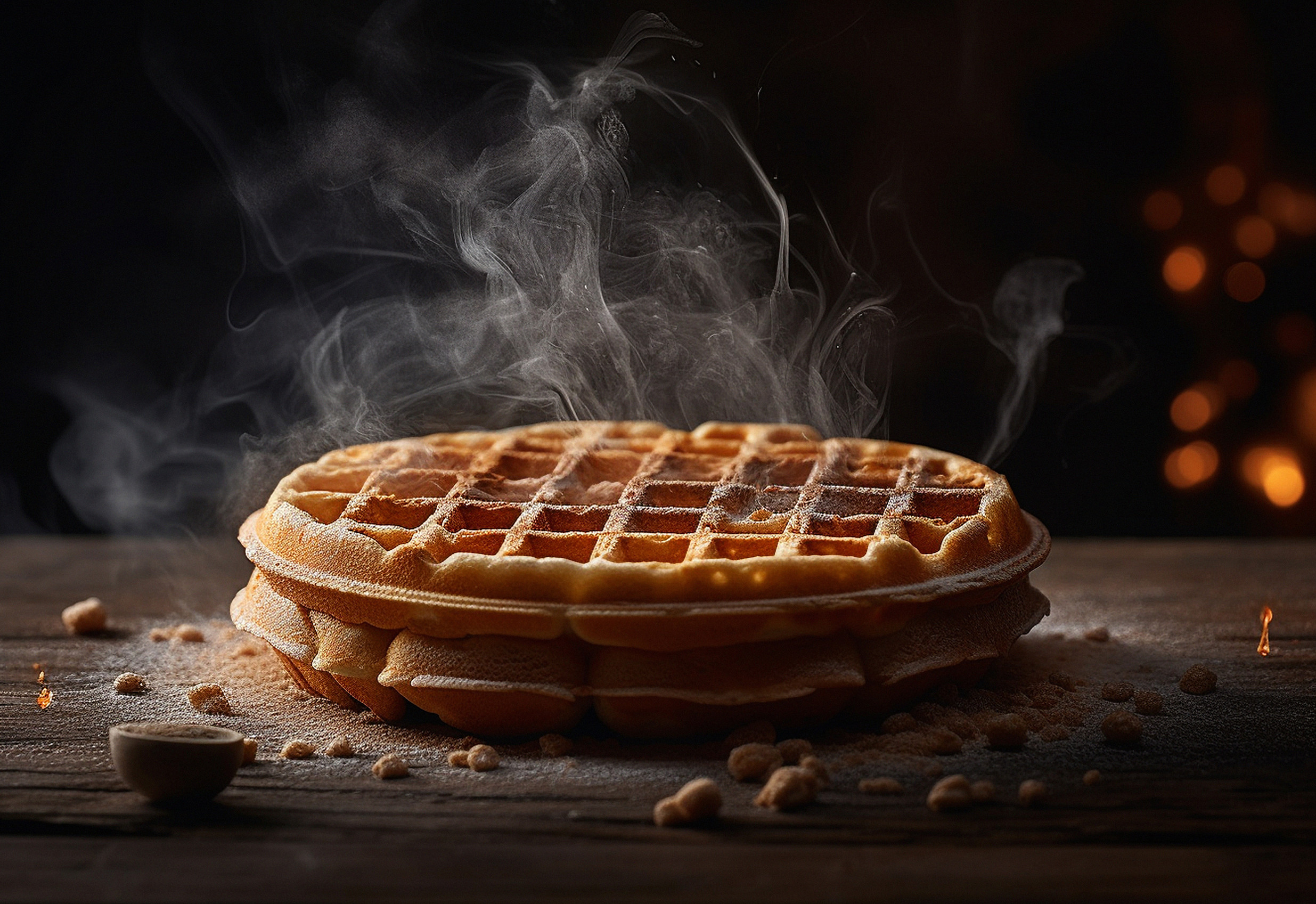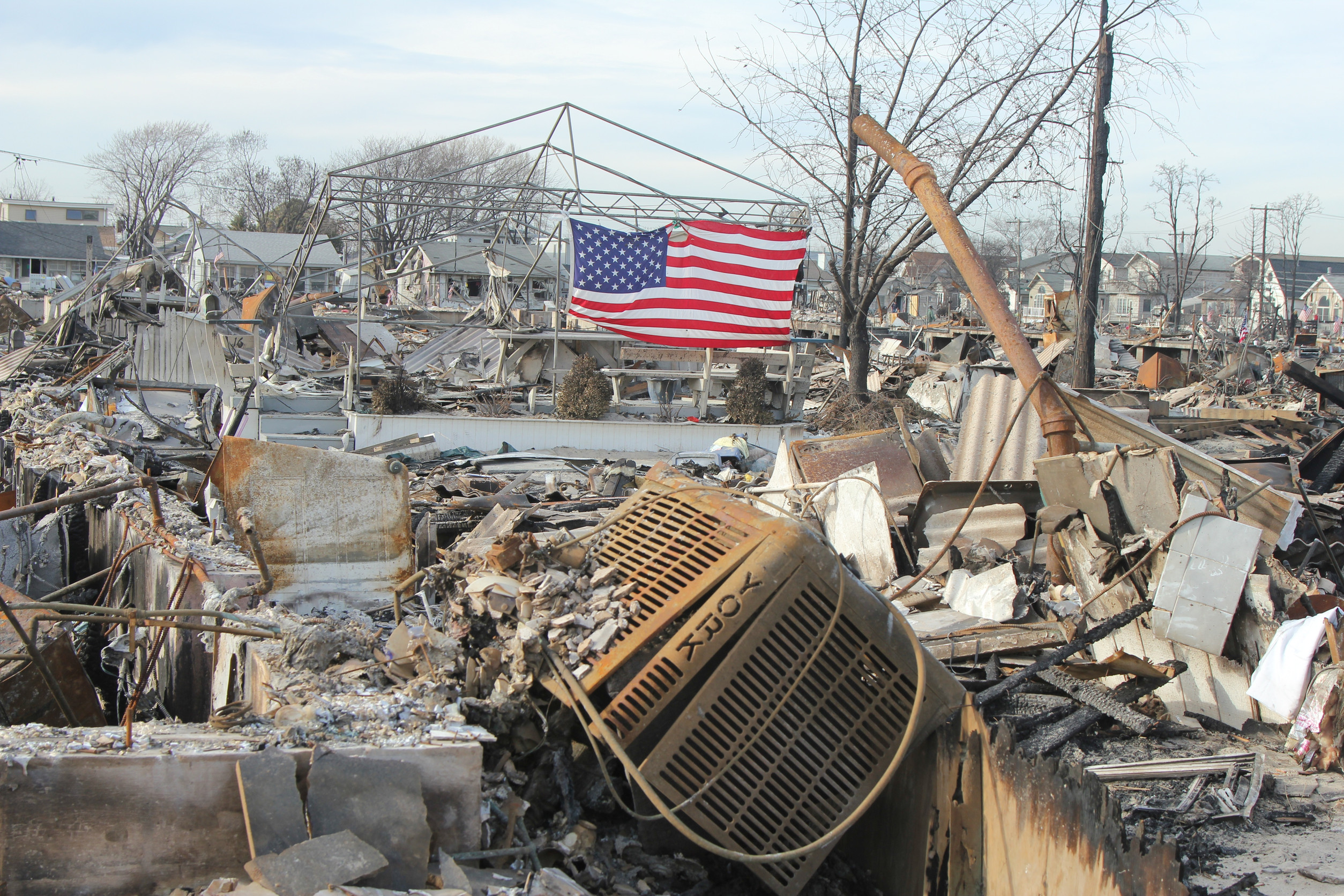There’s something magnetic about the glow of a Waffle House sign on the side of the highway. It’s a symbol of late-night eats, early-morning fuel, and everything in between. But behind the hash browns and coffee mugs, this Southern-born chain is hiding quirks that most fans don’t know about.
From hurricane response systems to secret jukebox tracks, Waffle House has become more than just a restaurant—it’s a cultural icon. Here are the things that make it far more fascinating than your average diner.
1. The First Waffle House Was Basically a Neighborhood Experiment
In 1955, two neighbors in Avondale Estates, Georgia, decided the world needed a 24-hour diner. They named it after their most profitable menu item—waffles—and opened the doors with just one location. The building was tiny, the menu was limited, and the vibe was casual by design. That first Waffle House wasn’t meant to be a nationwide chain, just a friendly community stop. Today, it’s a full-blown empire with more than 1,900 locations.
2. Waffle House Has Its Own Record Label
Yes, Waffle House produces music, and it’s every bit as eccentric as it sounds. The chain has a label called Waffle Records, which has been cranking out diner-themed songs since the 1980s. Tracks like “There Are Raisins in My Toast” and “Waffle Do Wop” are part of the lineup. Most people don’t realize these songs exist until they hear them on the in-store jukebox. It’s part brand loyalty, part kitschy entertainment, and completely Waffle House.
3. The Jukebox Codes Are a Hidden Subculture
Not every Waffle House song plays automatically—some are buried behind secret jukebox codes. Fans who know the numbers can punch them in and cue up quirky tracks only true insiders recognize. Hearing a Waffle Records song at 3 a.m. feels like joining an unofficial club. Employees sometimes egg customers on to try a code, knowing it’ll surprise everyone in earshot. These offbeat playlists make the Waffle House experience unpredictable in the best way.
4. FEMA Uses Waffle House to Gauge Disaster Impact
Waffle House is so reliable during crises that FEMA actually measures storm severity by whether restaurants are open. If a Waffle House shuts down, things are bad. If it’s open with a limited menu, conditions are tough but manageable. The chain even has a “Waffle House Index” that emergency agencies reference in real time. It’s a diner, but also a disaster barometer that cities and states take seriously.
5. The Menu Is Simpler Than It Looks
Waffle House menus look packed, but everything is built from a surprisingly small set of ingredients. That’s why food arrives so fast and tastes consistent no matter the location. Cooks are trained to improvise with the core items, which keeps waste down and service snappy. The legendary hash browns alone can be served more than a dozen different ways. It’s efficiency disguised as abundance, and it works brilliantly.
6. Employees Use a Secret Language in the Kitchen
The “marking system” in Waffle House kitchens is almost a performance art. Instead of paper tickets, cooks place condiments, jelly packets, and plates in specific spots to signal orders. A jelly packet at six o’clock on the plate might mean scrambled eggs, while a mustard pack could mean pork chops. It looks chaotic to the untrained eye, but it’s lightning-fast communication. This system is why even packed restaurants run like a well-oiled machine.
7. Waffle House Has Fed Presidents
The brand’s reach goes all the way to the White House. Presidents, including Jimmy Carter and George H.W. Bush, have dined at Waffle House over the years. The restaurant’s humble, no-frills approach makes it a surprisingly unifying place. High-profile leaders sitting alongside truck drivers and night-shift workers underscore the chain’s cultural power. In its booths, status doesn’t matter—only the food does.
8. The Coffee Is a Big Deal
Waffle House pours nearly 300,000 cups of coffee every day. It’s not fancy, but it’s hot, strong, and served endlessly with a smile. The coffee has become so constant that some regulars visit just for refills and conversation. It’s been the quiet backbone of the brand, fueling everyone from travelers to police officers on long shifts. In many ways, the coffee is the unsung hero of the menu.
9. They’ve Served Billions of Eggs
By conservative estimates, Waffle House has cracked more than two billion eggs since opening. That’s more than enough to fill entire stadiums if you piled them up. Eggs are cooked in every possible way and appear on almost every plate served. They’re such a staple that the chain is one of the country’s largest individual egg buyers. It’s safe to say Waffle House practically runs on eggs and hash browns.
10. Locations Double as Landmarks
Some Waffle House restaurants are treated like cultural landmarks in their hometowns. People plan road trips around visiting certain locations, especially the original Avondale Estates building, which is now a museum. Neon signs, unique layouts, and retro vibes add to the nostalgia factor. For many, stepping into one feels like walking into a time capsule of Southern diner culture. That’s why Waffle House is more than a pit stop—it’s part of the journey.
11. The Chain Is Open on Holidays, Always
Thanksgiving, Christmas, New Year’s—it doesn’t matter. Waffle House is always open, which makes it a lifeline for people with nowhere else to go. Families, truckers, and night-shift workers can count on it when everything else is closed. It’s part of the brand’s commitment to being available 24/7, 365 days a year. That reliability has turned Waffle House into a holiday tradition for countless people.
Waffle House Is More Than Breakfast
Waffle House isn’t just a place to grab waffles and coffee—it’s a living piece of American culture. Its quirks, from secret jukebox codes to FEMA’s disaster index, set it apart from every other chain. People come for the food, but they stay for the stories and traditions. That’s why it continues to thrive, decades after its humble beginnings.
What’s your favorite Waffle House memory or story? Share your thoughts in the comments.
You May Also Like…
- How Free Wi-Fi in Chain Restaurants Has Become a Tool for Data Harvesting
- Why Do Food Delivery Apps Keep Adding Mystery Charges?
- 10 Food Trends That Are Raising Health Alarms in 2025
- The Top 5 Hidden Gem Restaurants in Atlanta You Need to Try
- From Kitchen to Cash Flow: Proven Tips on How to Reduce Food Costs in a Restaurant!


